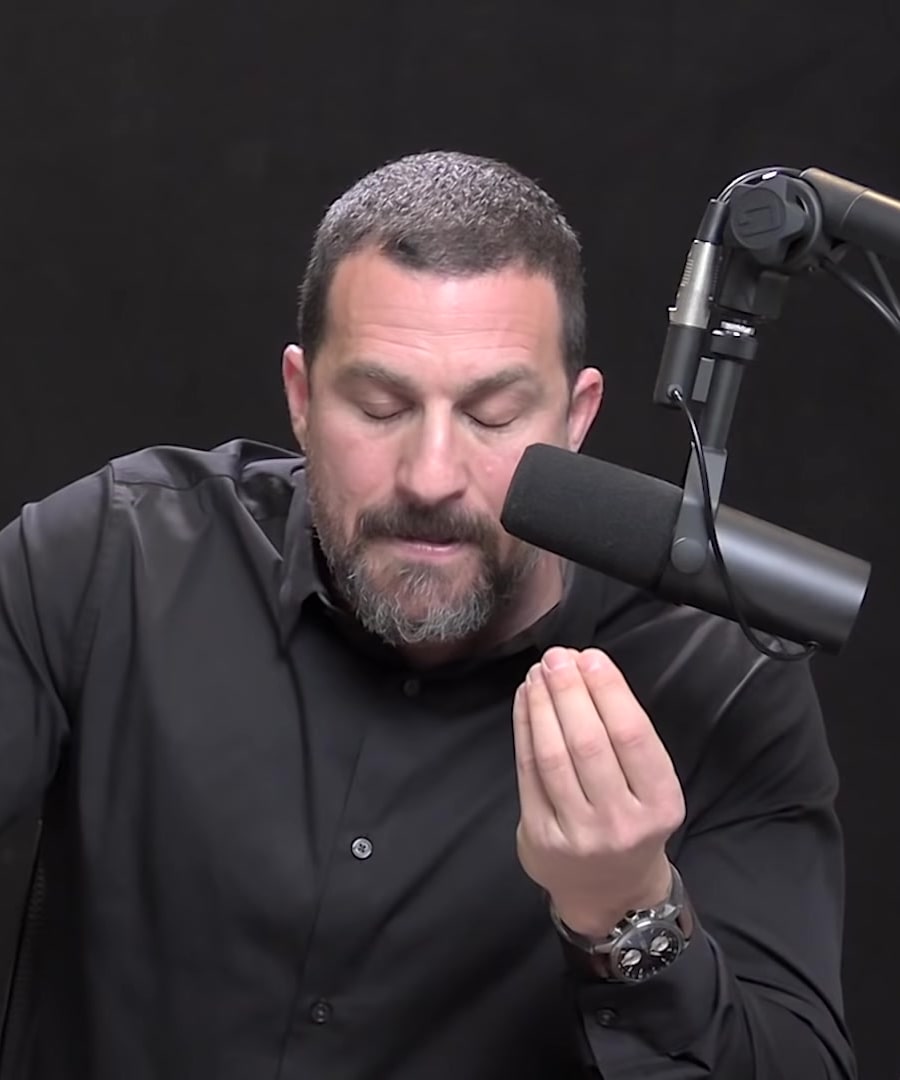Calm down
Sources:
Here are several techniques and insights shared by to help calm down:
-
Physiological Sigh:
- Take a big inhale through your nose, then sneak in a brief second inhale to fully inflate your lungs. Finally, perform a long, extended exhale through your mouth. This method quickly reduces stress and promotes a calm state 1.
-
Down Regulation Breathing:
- After a workout, use three to five minutes of slow, deliberate breathing with an emphasis on exhales. This practice helps transition your body from a heightened stress state to recovery mode, which is essential for physical and mental relaxation 2.
-
Late Night FM DJ Voice:
- In tense or stressful situations, adopting a calm, steady voice not only helps soothe others but also calms oneself. This approach is particularly useful in challenging conversations or negotiations 3.
-
Real-Time Stress Reduction:
- Engaging the parasympathetic nervous system through tools like the physiological sigh can rapidly diminish the stress response. Techniques that have a direct impact on the autonomic nervous system are the most effective for real-time stress reduction 4.
-
Broadening Field of View:
- Expanding your field of vision can physiologically help calm you down and improve decision-making. This is particularly useful in high-stress situations where maintaining composure is crucial 5.
These techniques are grounded in neuroscience and physiology, offering practical ways to calm down in various stressful situations.
RELATED QUESTIONS-




